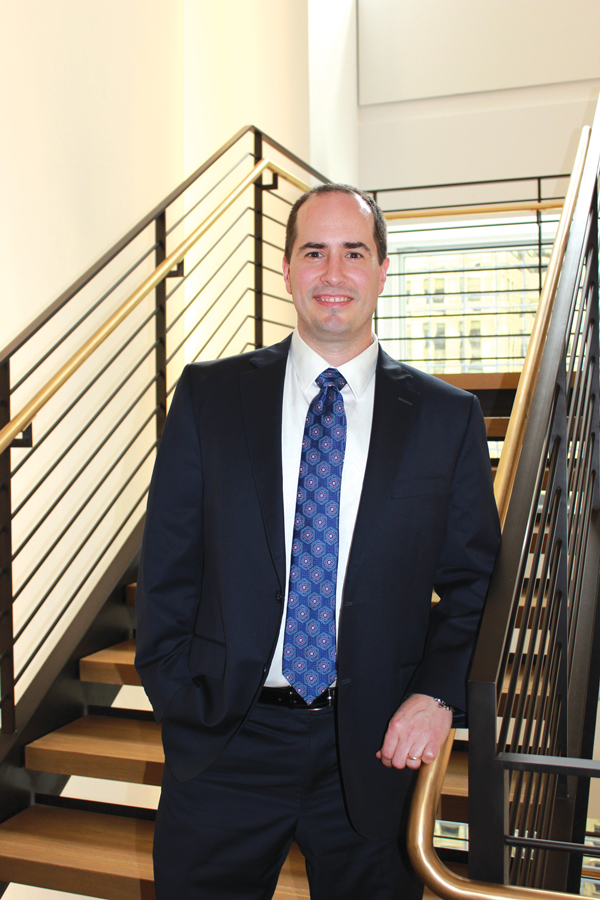Through two decades in the sports industry, Jeff Eccleston has worked hard to take both properties and the brands that sponsor them beyond the numbers produced by his research studies, encouraging marketers to think more about why fans follow sports rather than which sports they follow and questioning the value of being the “official” anything of a team or league long before it was en vogue. Now global head of analytics for CAA’s sports consulting unit, Eccleston discussed how sponsorship analysis has evolved and where it goes from here.
“
I’ve been in the industry for 20 years now and have seen it evolve, particularly in the last five to seven years. A lot of that is due not only to the willingness of the industry to embrace [analytics], but also the fact that technology has created a measurement revolution. We’re moving away from descriptive analytics that use existing data to help inform to much more predictive analytics that help us identify future outcomes. … We’ll still quantify what happened. But where we’re going is quantifying what will happen in the future.”
 |
| Photo by: CAA |
On the importance of front-end analysis: Five years ago, we were brought in after the campaign was created, designed and executed. The role we played was to evaluate performance and effectiveness and ROI. At this point, we’re brought in at the very beginning. We’re working with brands to help make sure they’re with the right properties, with the right investment. We’re working with them on activation, so when the plans are being developed we’re using insights and analytics to help them reach the right customer at the right time with the right message, with the right activation when the customer is most receptive. If you’re in the right place with the right spend with the right ideas, the post-program evaluation will often take care of itself because you got it right on the front end.
On sponsors enhancing instead of interrupting: While we live in an age of disruption, in this case, with fan passion and emotion, we don’t want to disrupt. We want to be part of the process. And we want to be part of the process in an authentic and relevant way. All of the data that exists now on fan behavior, fan consumption and fan desires gives us more of a road map than ever before to use that information as we’re working with brands to help them insert themselves into that experience.
On getting beyond impressions: We are rapidly evolving as an industry from just looking at impressions. Impressions give you reach, and that’s an important aspect. It’s the gateway in. If you’re not reaching a critical mass, the program isn’t going to be a success. But where the metrics are going and the money is being spent are in activities that aren’t necessarily driving impressions but are driving engagement and advocacy and preference and behavior. While impressions may still be the gateway and an easy thing to measure, the brands we’re working with are becoming much more sophisticated.
On finding the why in ROI: Because we have much more data now on the fan … we’re much more able to, if something is not working, diagnose why it is not working. For years, the term ROI has been bantered around. ROI is simply telling you what happened. What is equally important is understanding why it happened. With these tools and additional data streams, we have a much deeper ability now to diagnose issues. So if a program is not working, we’re not left with just a research deck that says the program failed or the program didn’t generate any impact on KPI (key performance indicators). We now have the ability to say: It didn’t work, but here’s why. We had most of our activation geared toward above-the-line media when this audience was very much engaging digitally and socially. Now, we have the ability to change. We have the ability to optimize, to improve performance moving forward. I think the ability to uncover … the why along with the what has opened people up to the story that’s being told with research.
— Bill King




